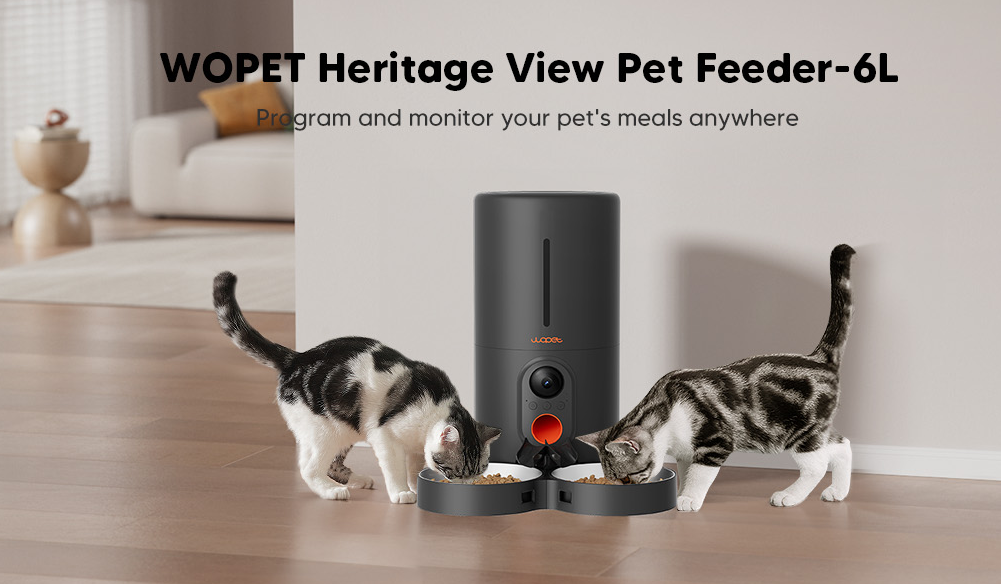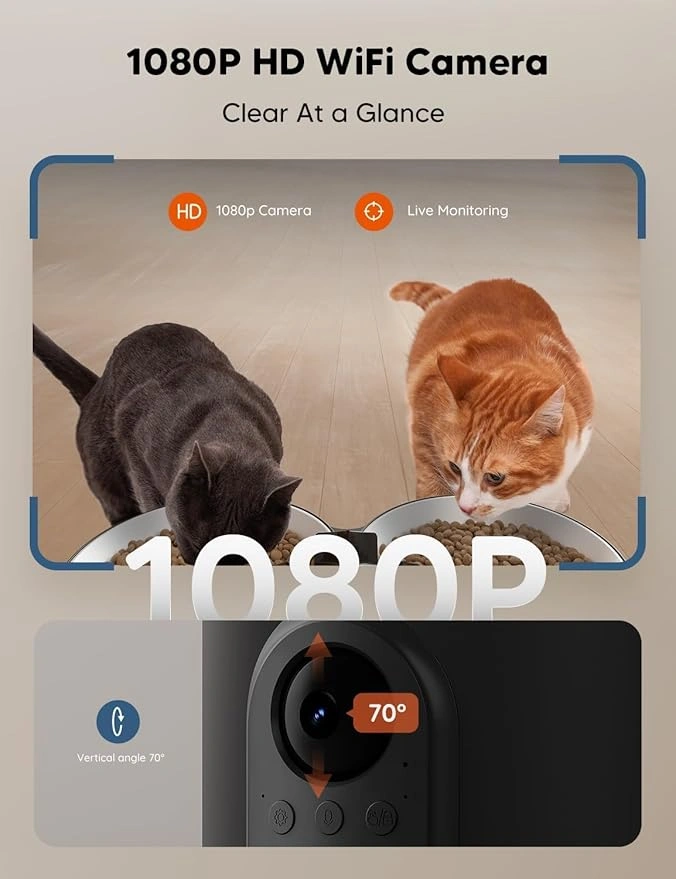
Introduction
Choosing quality cat food is one of the most important decisions you can make for your cat’s long-term health.
Your cat starts your day by purring while jumping joyfully through the living room where their coat presents a bright shine in sunlight. A healthy cat shows signs of happiness that extend beyond being cute because they confirm its good state of health.
The fundamental substance that creates health in cats resides in the nutritional choices you make for them. Cats develop into members of families who share our homes. Living pet cats operate as vibrant elements that give our households a boost when they maintain good health through active movements.
The foundation of their well-being exists in what food they consume just like in human beings. When cats consume nutritious food it benefits their immune response and digestion system and also controls how they feel and maintain energy levels.
Low-quality food consumption leads to multiple serious health complications throughout the years which include organ damage and dull coat conditions. In this article, we will find suitable cat food through ingredient uation and certification verification.
Why the Right Food Matters
Many common health problems in felines can be prevented by choosing quality cat food that meets their nutritional needs. For a healthy diet, you need the best feeders like WOpet’s automatic feeders that we suggest to all pet owners.
The animal-based protein digestion function that their bodies possess rejects plant-based protein sources. High-quality cat food must begin with meat of good quality.
The necessary nutrient for cats is protein. Protein in their diet enables cats to build firm body muscles while maintaining their energy and helping their immune system perform optimally.
Carbohydrates along with taurine stand as two prominent nutrients since cats lack the ability to generate taurine independently. Body issues such as heart complications together with vision loss and reproductive problems result when cats do not have enough taurine in their diets.
Cats require essential fatty acids that include Omega-3 as well as Omega-6 fatty acids to maintain proper skin health while keeping their coat shiny. Bones and nerves require vitamins and minerals together with other essential nutrients that assist biological functions throughout the body.
Your cat's health will suffer from the consumption of inferior quality food because it causes their coat to look dull and their immunity weakens along with digestive issues that could eventually result in permanent organ injuries. The cost of treatment at the vet along with diminished quality of life becomes necessary due to food-related medical issues.
Cats given proper nutrition tend to exhibit higher levels of playfulness as well as affectionate behavior together with physical activity.
Far from being invisible the state of their health affects their personality alongside their behavioral patterns and keeps their presence joyful in your household. Selecting appropriate food for your cat involves more than providing meals since it directly impacts their life duration.
What’s Inside the Bag? How to Read and Understand Cat Food Labels
Pets stores typically offer an overwhelming variety of different cat foods for their customers to select from. Whether shiny or plain the packaging does not matter more than the information found on the label. Reading the ingredient list serves as the main tool for selecting suitable cat foods.
Proteins
You must begin the uation process by investigating the proteins used in the food. A cat food product begins with clear animal protein sources which include beef, chicken, fish, and turkey.
Accurate product indications of chicken or salmon provide reliable quality markers. Look for meat by-products or animal digest on the label because these terms indicate untrustworthy food sources for your cat. The given terms represent uncertain components containing non-nutritive parts from animals.
The percentage of crude protein found on the label should be examined. The specified protein content percentage indicates the amount of protein found in the food although it fails to provide complete nutritional information. A high percentage is usually favorable provided the sources maintain their nutritional value.
When choosing quality cat food, always look for clear animal-based protein sources listed first on the label.
Carbs
Cats require a minimum amount of carbohydrates when selecting their food. Whole grains and vegetables provide beneficial carbohydrates yet large quantities of carbohydrates become damaging for a cat's health.
The production of inexpensive cat food includes adding bulk with low-value ingredients that include corn and wheat gluten or soy. Foods containing fillers will not provide essential nutrition while potentially resulting in weight gain along with allergic reactions.
Animal proteins and fats make up for better digestion in cats rather than carbohydrates. The consumption of limited fiber amounts from sweet potatoes or peas benefits digestion processes in cats.
Avoid fillers and excess carbs when choosing quality cat food, as they can lead to weight gain and sensitivities.
Fats
The consumption of fats matches a need in cats so they can be considered completely safe. The search for healthy fats should focus on either chicken fat or fish oil products.
Fish oil and Omega 3 fatty acids in this food contribute to skin health as well as producing a shiny and luxurious fur coat for your cat. The brain function benefits from Omega-3 fatty acids while these fats minimize inflammation in the body.
Choosing quality cat food with healthy fats like fish oil helps support brain function, skin health, and coat shine.
Vitamins and Minerals
Your cat needs various vitamins together with Vitamin A, Vitamin D, calcium, and phosphorus among other mineral elements in their diet. The “complete and balanced” label on cat food demonstrates that manufacturers added a healthy nutritional combination to their products.
Caution must be used when consuming cat food with excessive synthetic vitamins because whole food sources provide better nutrients.
Ingredients to Stay Away From
The diet should avoid cat foods containing artificial colors, flavors or preservatives. Health problems have been recorded from specific ingredients BHA, BHT or ethoxyquin. Foods with confusing meat ingredients combined with numerous unknown fillers should be avoided.
Understanding Cat Food Certifications: What They Are and Why They Matter
Product certifications provide us with assurance about standard compliance. AAFCO certification confirms that cat food provides balanced nutrition along with satisfactory security measures for our pet animals.
The identification of various certifications requires thorough uation since they offer different levels of agreement about product quality. Certifications like AAFCO help guide pet owners in choosing quality cat food that meets essential nutrient standards.
The Role of AAFCO
AAFCO stands out as one of the leading organizations which monitors pet food standards worldwide. AAFCO establishes regulation requirements that numerous pet food manufacturers use for building their products though the organization does not conduct testing or provide approval for specific offerings.
Many cat food packages display AAFCO standards through statements such as “This food is formulated to meet the nutritional levels established by the AAFCO Cat Food Nutrient Profiles.”
The food meets cat nutritional requirements after passing through lab testing (formulation method) and/or community animal feeding study testing (feeding method).
The feeding trial method offers better accuracy in assessing how cats react to actual food consumption due to real-life observation results. Both testing approaches serve to confirm the food will supply essential nutrients when fed as the primary source of sustenance to cats.
Other Global Certifications
A combination of USDA Organic along Non-GMO labels can be found in U.S. or European markets. The attached labels indicate organic origins and free-from-genetic modification characteristics in food ingredients that certain pet owners select because of health or ethical motives.
Besides ethical sourcing credentials and sustainable fishing certificates, certain pet food manufacturers are included to appeal to eco-sensitive purchasers.
More Than Labels: What Else You Should Consider Before Buying Cat Food
Since each cat possesses unique characteristics the feeding formulas effective for one feline might not correspond with the needs of another. As a result, you need to look past just the labels and certifications.
Consider Your Cat’s Age and Activity
The nutritional needs of growing cats differ from those of older cats since cats require additional calories and nutrients but require reduced calories and joint health support for senior cats. Active cats may thrive on protein-rich food whereas indoor cats should get nutrition for their weight management needs.
Your vet should provide you with a specific diet plan which is necessary for cats with health problems including allergies kidney disease and sensitive digestion.
Your cat’s age, lifestyle, and health conditions should always be considered when choosing quality cat food.
Wet or Dry Food?
The moisture content in wet food serves as a benefit for cats who do not consume enough water. People find dry food practical while it stays fresh longer than other food types. Most domestic cat owners blend nutrient-rich wet food with dry food.
Switch Food Slowly
The transition to new food requires a gradual process extending for 7–10 days while you mix the old and new food amounts each day.
Add minimal amounts of new food to existing meals while daily increasing the ratio between old and new ingredients. This helps prevent digestive upset.
Watch Your Cat’s Response
Observing your cat's behavior should be your top priority immediately after changing their dietary intake. Are they more playful? Is their coat shinier? The change affects their energetic levels and their digestive health positively.
Signs indicating the food works well include increased activity levels and enhanced curiosity and shininess of the coat. Changes in behavior together with vomiting and diarrhea should you that the product needs to be replaced.
Conclusion
Selecting the right cat food represents an understanding of what your cat demands as opposed to being influenced by brand names or promotional taglines.
Start by reading labels carefully. Seek pet food containing actual animal proteins together with a balanced nutritional value that displays official certifications under the AAFCO label.
Evaluate your cat’s current age together with their general condition and their levels of physical activity. You should devote adequate time to introduce your cat to any new foods.
Choosing quality cat food means going beyond marketing and focusing on what truly supports your cat’s energy, health, and happiness.
Resource: Choosing Quality Cat Food For Healthy Cats






